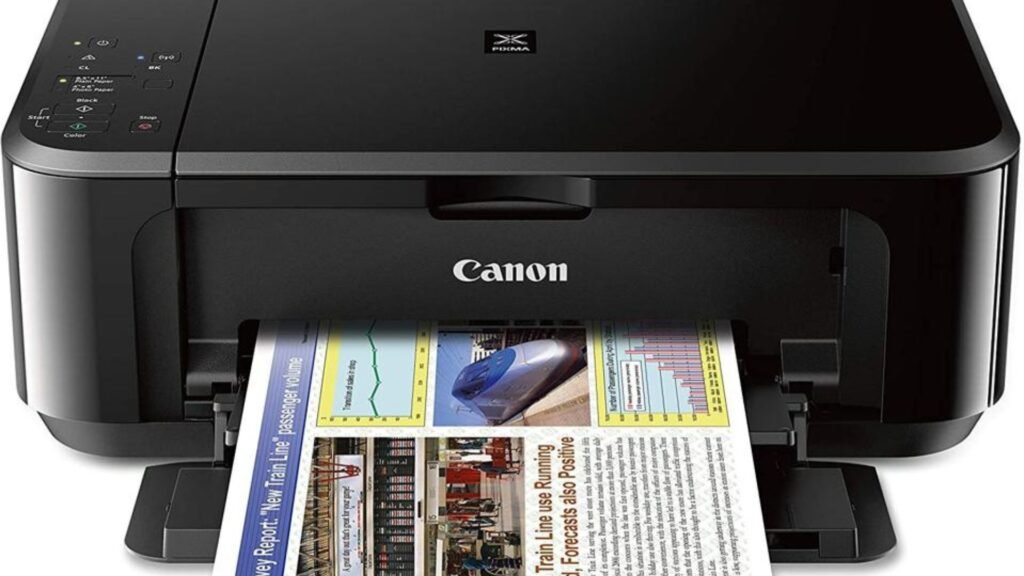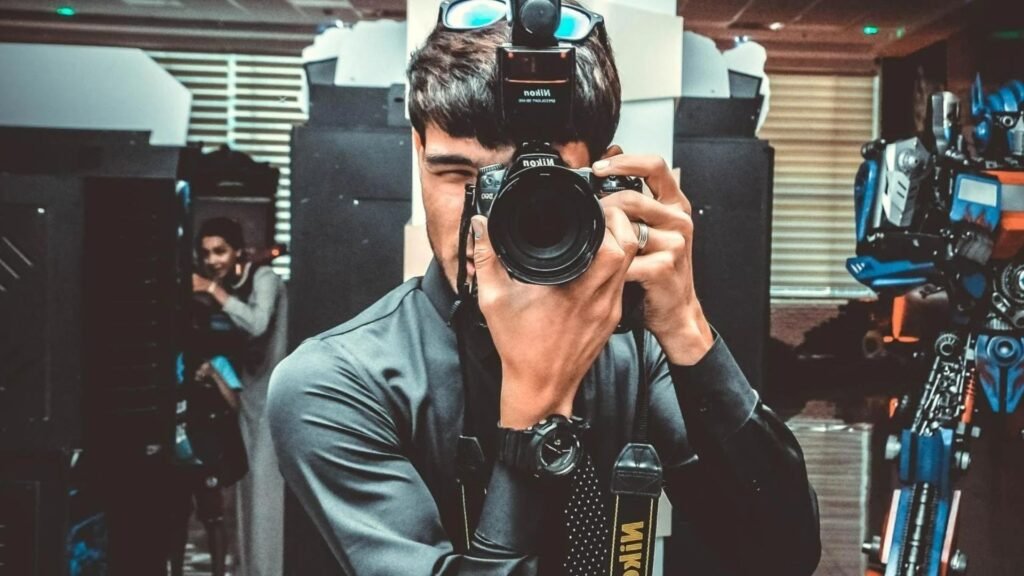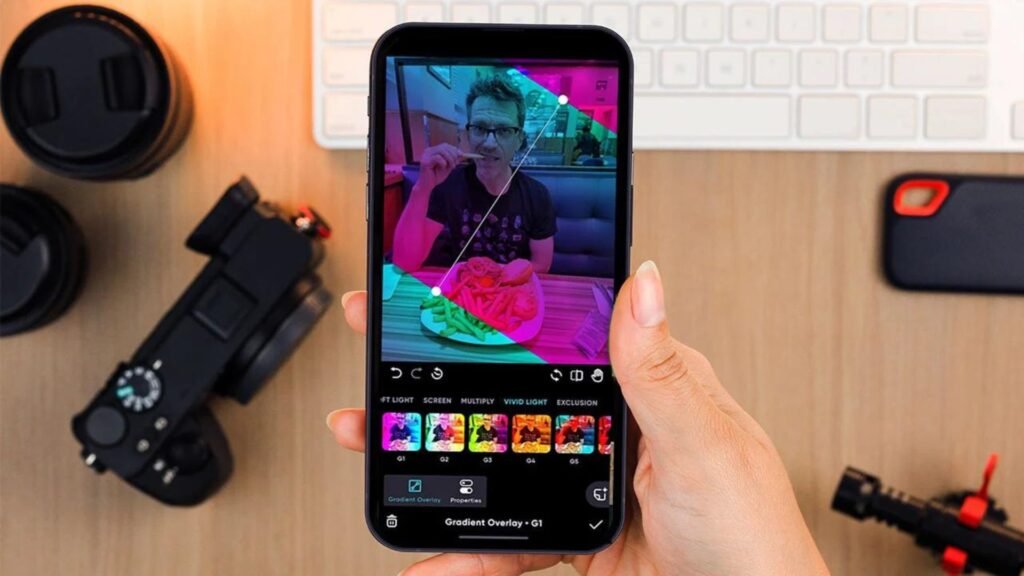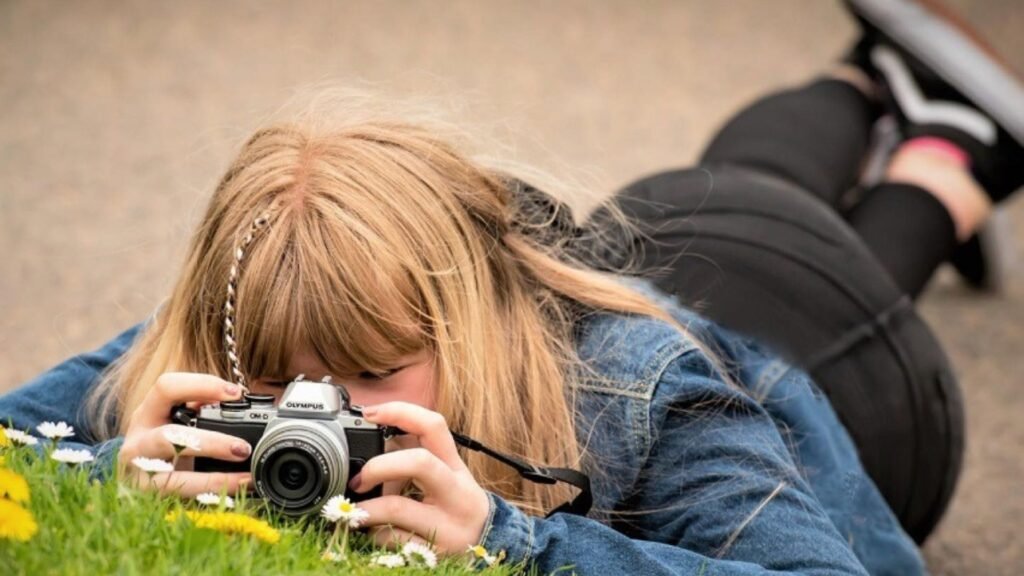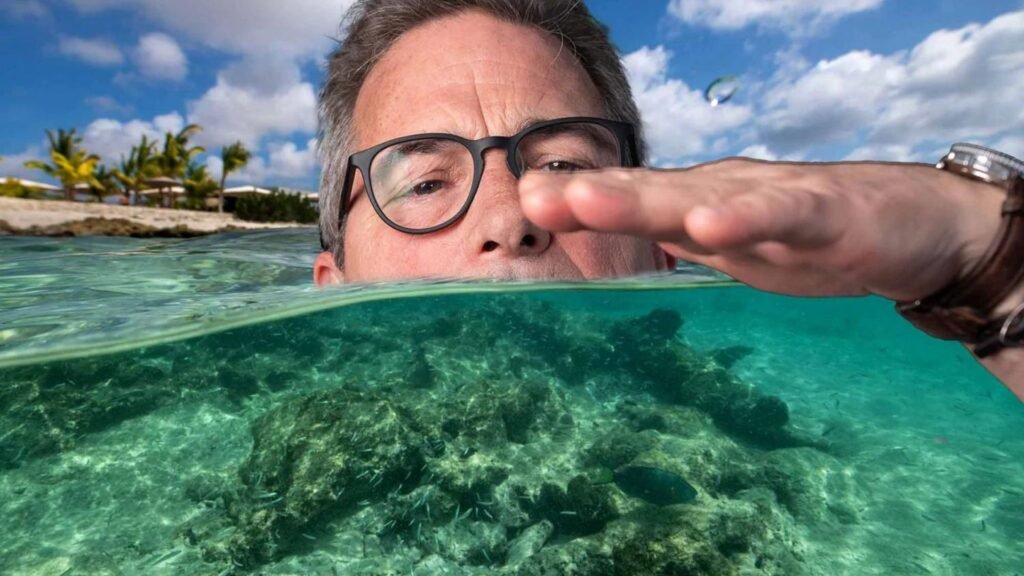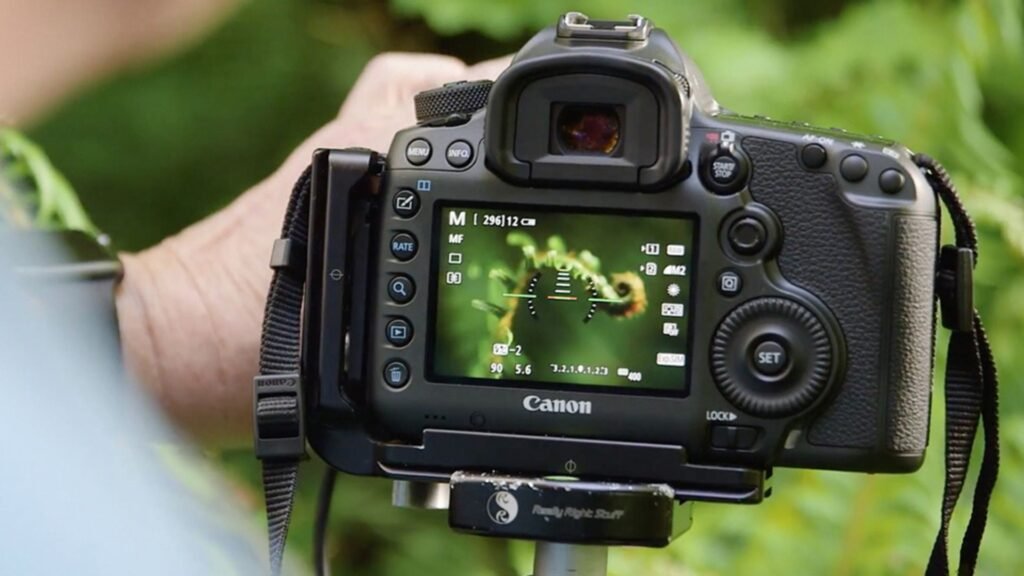Jul 3, 2024
How to Use Filters in Photography
Filters in photography are essential tools that can transform your images in various ways, enhancing both creativity and technical quality. Whether you’re a seasoned photographer or a beginner, understanding how to effectively use filters can elevate your photography to the next level. This guide will explore the different types of filters and how to use them to achieve stunning results.
Understanding the Basics of Filters in Photography
Filters in photography are pieces of glass or resin that attach to the front of your camera lens. They modify the light entering the lens, allowing you to achieve specific effects. Knowing the different types of filters and their purposes is the first step in mastering their use.

The Versatility of UV Filters
UV filters are among the most common filters in photography. Originally designed to block ultraviolet light and reduce haze, they are now primarily used to protect the lens from dust, scratches, and moisture. While they don’t significantly alter the image, they are a worthwhile investment for lens protection.
Enhancing Colors with Polarizing Filters
Polarizing filters are fantastic for reducing glare and reflections, especially in water or glass. They also enhance the colours in your images, making skies appear bluer and foliage greener. To use a polarizing filter, simply rotate it until you achieve the desired effect. This ability to manipulate reflections and colour saturation makes polarizing filters invaluable for landscape photography.
Creating Drama with Neutral Density Filters
Neutral density (ND) filters reduce the amount of light entering the lens without affecting color balance. This reduction allows for longer exposure times, which can create dramatic effects like silky-smooth waterfalls or blurred motion in clouds. ND filters are essential for photographers who want to experiment with exposure and motion.
Capturing Details with Macro Filters
Macro filters, also known as close-up filters, allow you to focus on subjects at very close distances. These filters are perfect for capturing fine details in small objects, such as flowers, insects, or intricate textures. By using macro filters in photography, you can explore the tiny world around you with incredible clarity.
Balancing Light with Graduated ND Filters
Graduated neutral density (GND) filters are designed to balance the exposure between the sky and the ground in landscape photography. They are darker at the top and gradually transition to clear at the bottom. This gradient helps prevent overexposed skies while maintaining detail in the foreground, resulting in a well-balanced image.
Enhancing Creativity with Special Effect Filters
Special effect filters, such as star filters or soft-focus filters, can add unique touches to your images. Star filters create starburst patterns around light sources, while soft-focus filters give a dreamy, ethereal quality to portraits. Using these filters in photography can inspire creativity and help you develop a distinctive style.
Practical Tips for Using Filters in Photography
To get the best results with filters in photography, keep a few practical tips in mind. First, always ensure your filters are clean to avoid unwanted spots or streaks in your images. Second, consider using a filter holder system if you frequently switch between different filters. This system makes it easier and quicker to change filters on the go.
Conclusion
In conclusion, mastering the use of filters in photography can significantly enhance your creative possibilities and technical proficiency. From UV and polarizing filters to ND and special effect filters, each type serves a unique purpose and can help you achieve specific photographic goals. By experimenting with different filters and techniques, you’ll be able to capture stunning, professional-quality images that stand out. So, grab your camera, attach a filter, and start exploring the endless possibilities that filters in photography offer.
More Details
